Native to Southwestern Asia and Africa, melons have been around for well over 4,000 years. However, how well do we know them?
Most of us indulge in watermelons and cantaloupes that we find in our local stores, so it would probably be a surprise to you if we told you there are actually over 40 different types of melon plants in the world.
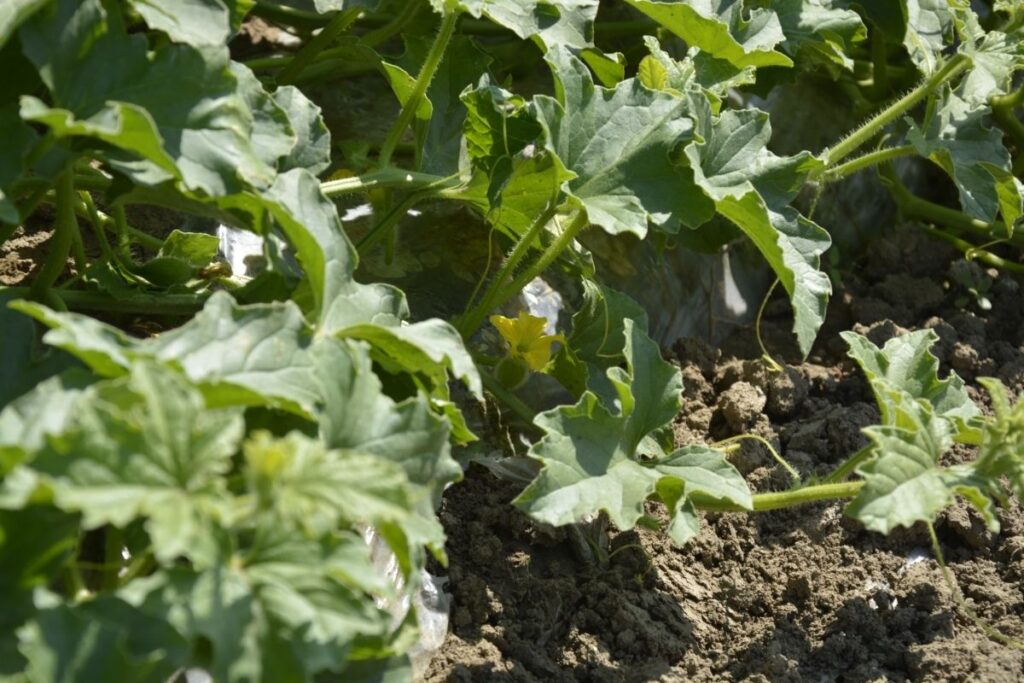
It may come as an even bigger surprise when you find out some types of melon cost more than $20,000 to buy.
This goes to show that this juicy, refreshing, delicious fruit we all love has a lot more to offer than you may have first thought. On top of that, there are some types of melons you can grow at home.
With tons of melons to explore, we see this as the perfect opportunity to improve your knowledge of all things melon. That is why we have compiled a list of the most popular, most unique, and tastiest melon plant varieties from around the world.
If you love all things plants or simply enjoy a sweet melon on a hot summer’s day make sure you stick around.
1. Watermelon
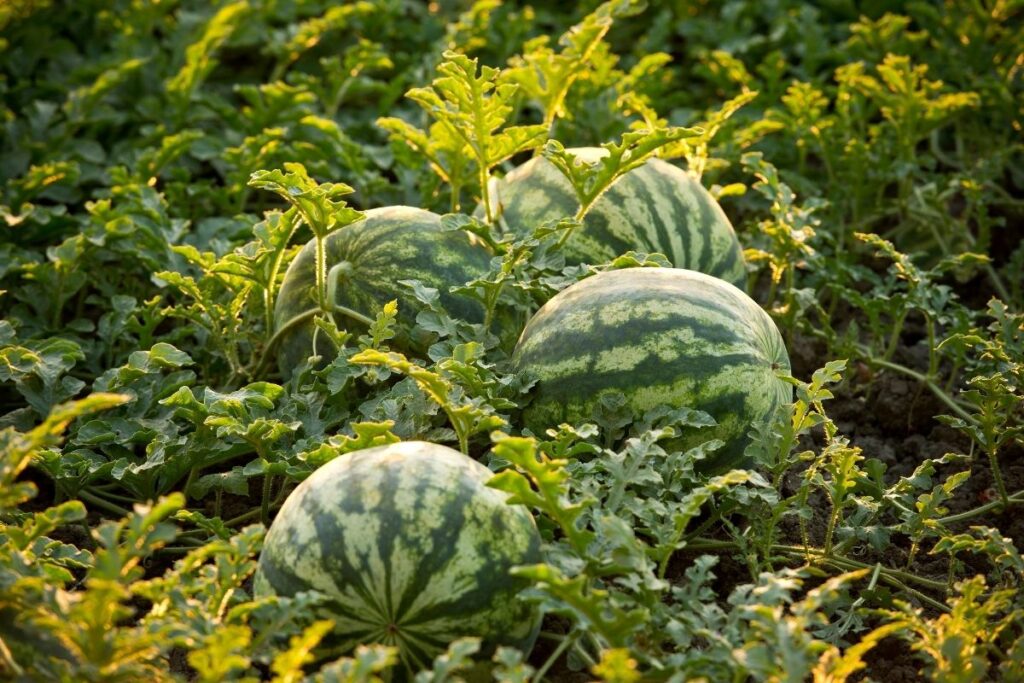
We’ll kick our list off with arguably the most popular melon plant in the world. Botanically known as Cucumis melo, the large, round green fruit we are all familiar with is actually a type of cucumber.
Known for its sweet, juicy flesh, and the minimal amount of seeds it contains, you can grow this fruit in well-drained, sandy soil quite easily. Growing low to the ground on a bushy plant, just ensure it has plenty of sun.
2. Galia Melon

The Galia melon is famous all over the world thanks to its sweet taste that goes so well in a variety of desserts and salads. Especially popular in the Mediterranean, the plant on which this melon grows is a sprawling vine that spreads quickly across the ground.
Growing best when exposed to constant sun, the yellow fruit that we are so accustomed to sits on the ground or slightly off it, at the ends of thin, yet strong hairy stems.
3. Cantaloupe
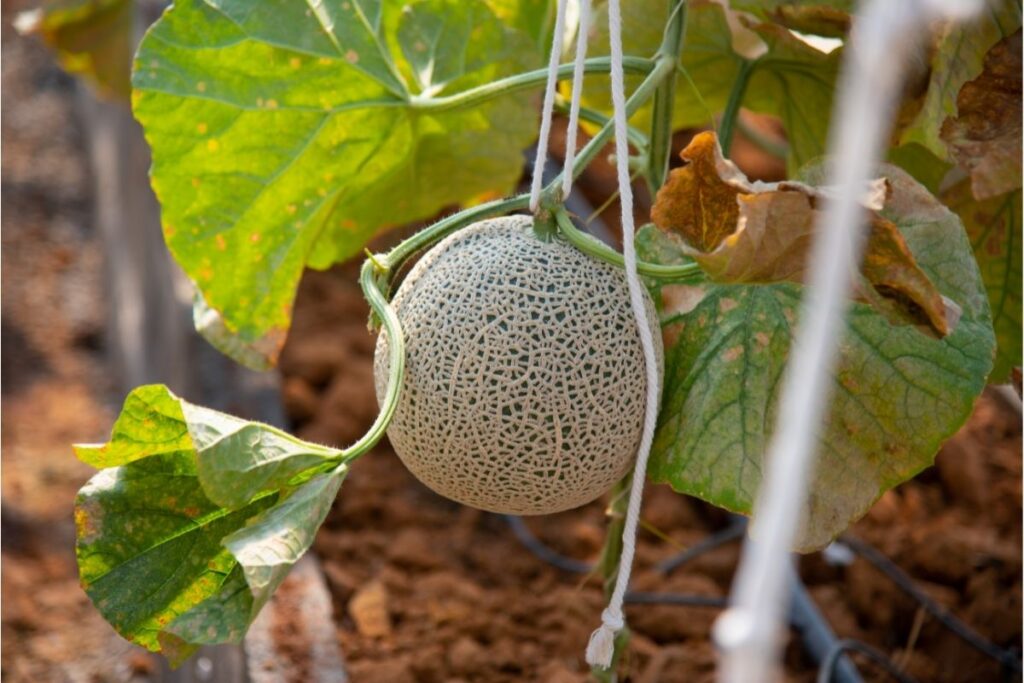
Another hugely popular type of melon is the cantaloupe. Growing successfully in USDA zones 9-11, the plant on which this sweet, yellow fruit grows can reach approximately 2 feet tall and 3 feet in length. Unlike the watermelon plant, the cantaloupe plant requires a lot more attention.
For starters, this wide-spreading plant, with rough, lobed foliage needs at least six hours of sunlight a day. They also require a lot of watering. A nice bonus to growing a cantaloupe plant is the pretty yellow flowers it produces as well as the juicy, round fruit.
4. Honeydew Melon
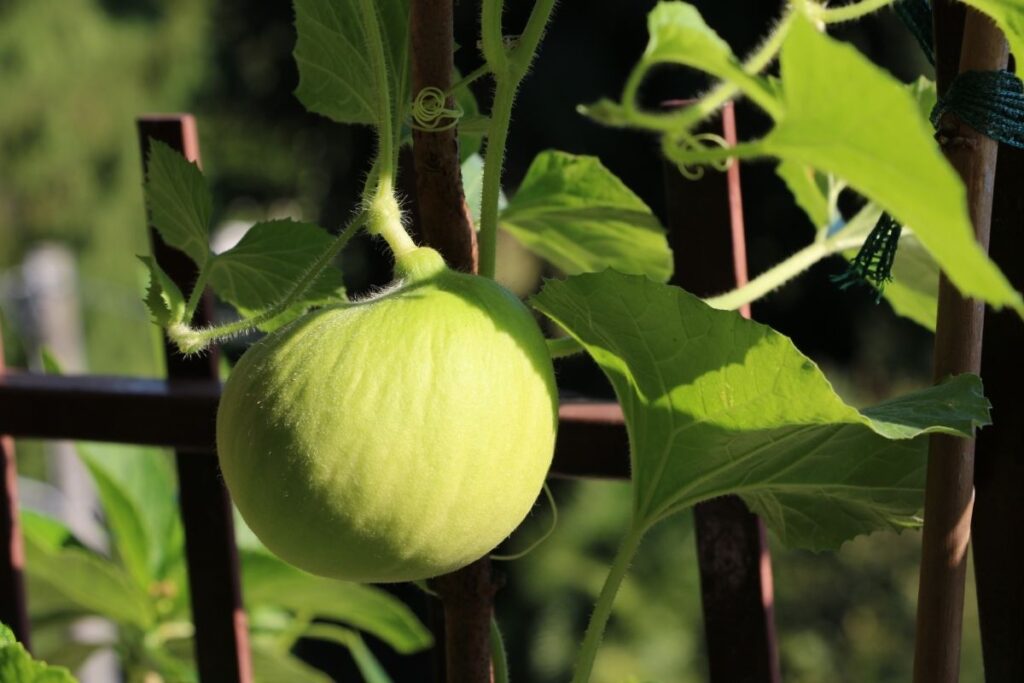
Before we get into the more obscure, unfamiliar melon plants, let’s talk about the honeydew melon plant. Growing up to 5 feet long, this melon plant is a relative of both the musk melon plant and the cantaloupe plant.
Growing better at room temperature, in well-drained soil, the fruit on this melon plant tends to grow slightly off the floor, on strong, light green stems. As the fruit gets heavier it then starts to touch the floor. The fruit on this tree is famous for its more acidic flavor.
5. Horned Melon
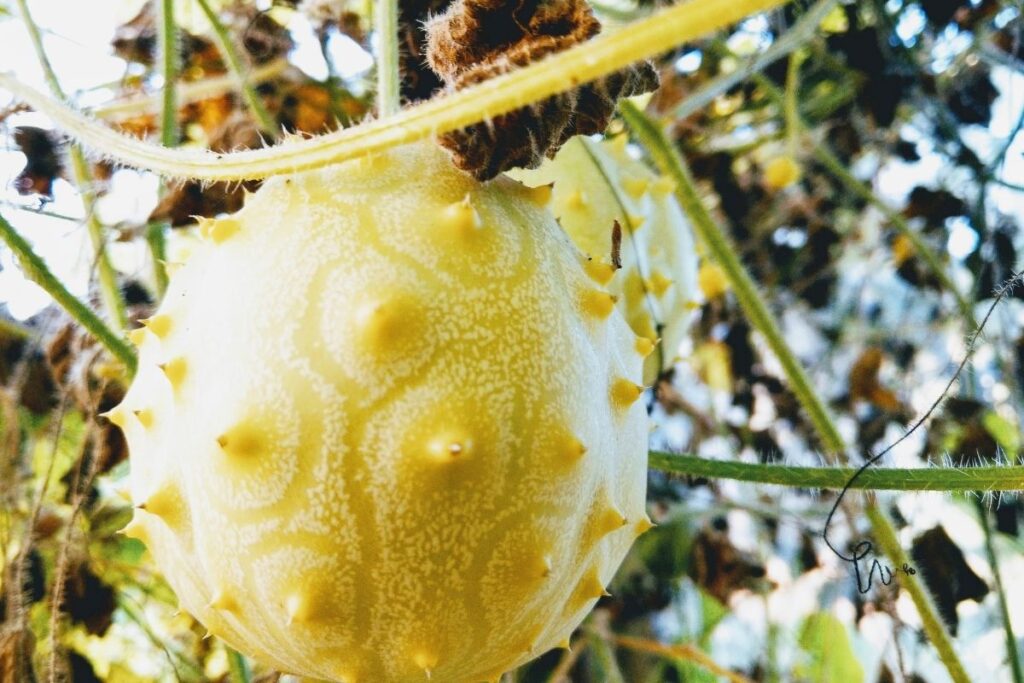
The first wildly unique melon plant on our list is the horned melon plant. This plant is a unique hybrid cross between a cantaloupe and watermelon.
This hardy plant grows well in tropical climates, bearing a bright orange, spherical fruit that has pointed tips all over its skin. Native to South Africa, this low-growing, vine-like plant produces its fruit at the end of thick, furry stems.
6. Golden Langkawi Melon
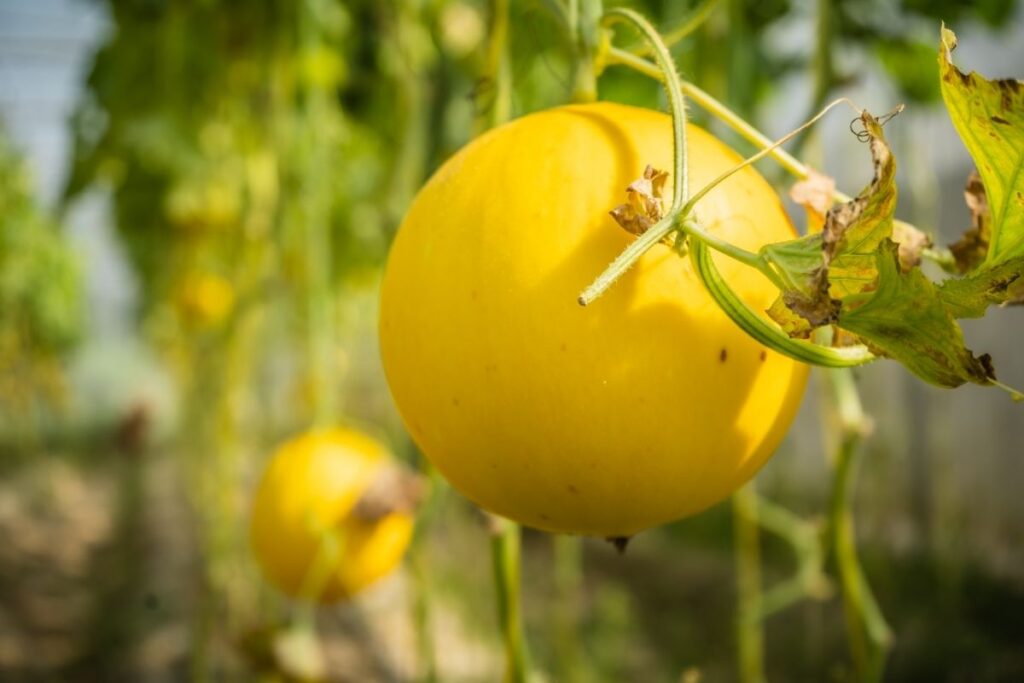
The Golden Langkawi melon weighs anything from 4-8lbs and is popular thanks to its beautifully sweet taste, and high quantities of Vitamin A and Vitamin C.
Once the green shrub or small tree has produced the almost perfectly circular, yellow fruit, it takes roughly 90 days for the fruit to mature. With fewer seeds than most melons, inside the golden melon looks strikingly similar to an apple.
7. Gac Melon
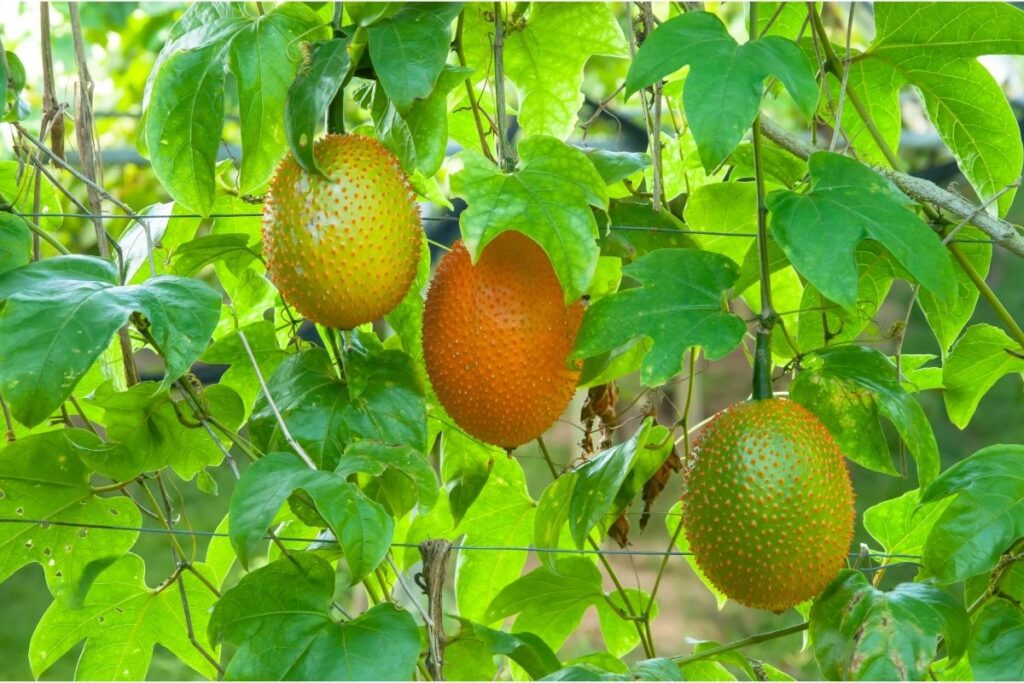
The Gac melon plant is a perennial species of melon plant grown in China and Southeast Asia. This deciduous vine produces flowers as well as its fruit once a year. The melon the plant produces is completely unrecognizable from any other melon you will have seen.
On top of the large light green foliage, grows a dark red, oblong-shaped melon with spines all over its exterior. Reaching 13 inches long, the fruit inside the melon is similar to that of a blood orange, yet the taste is surprisingly mild.
8. Cucamelon
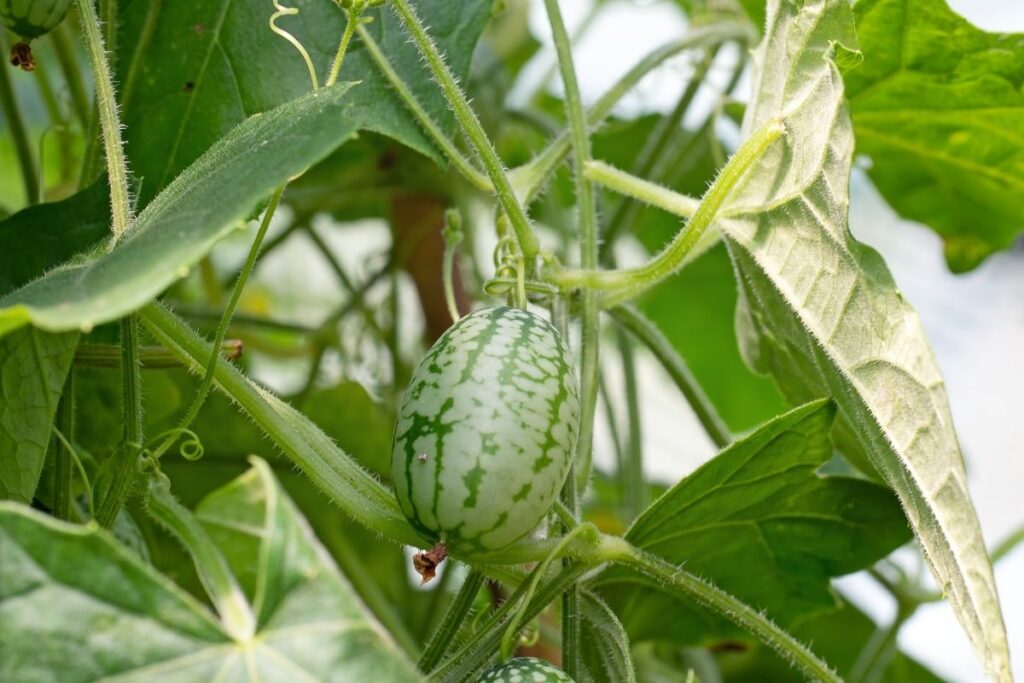
Yep, you probably guessed it, the cucamelon is a melon that looks like a cucumber. The cucamelon plant is a vine species of melon plant that thrives in moist soil and a well-ventilated greenhouse.
Typically grown in the Caribbean and Florida, this plant needs at least 12 hours of sunlight a day to grow. When cared for correctly the cucamelon vines will produce a regular supply of small cucumber-shaped melons that are no bigger than 4 inches long.
9. Jade Dew Melon
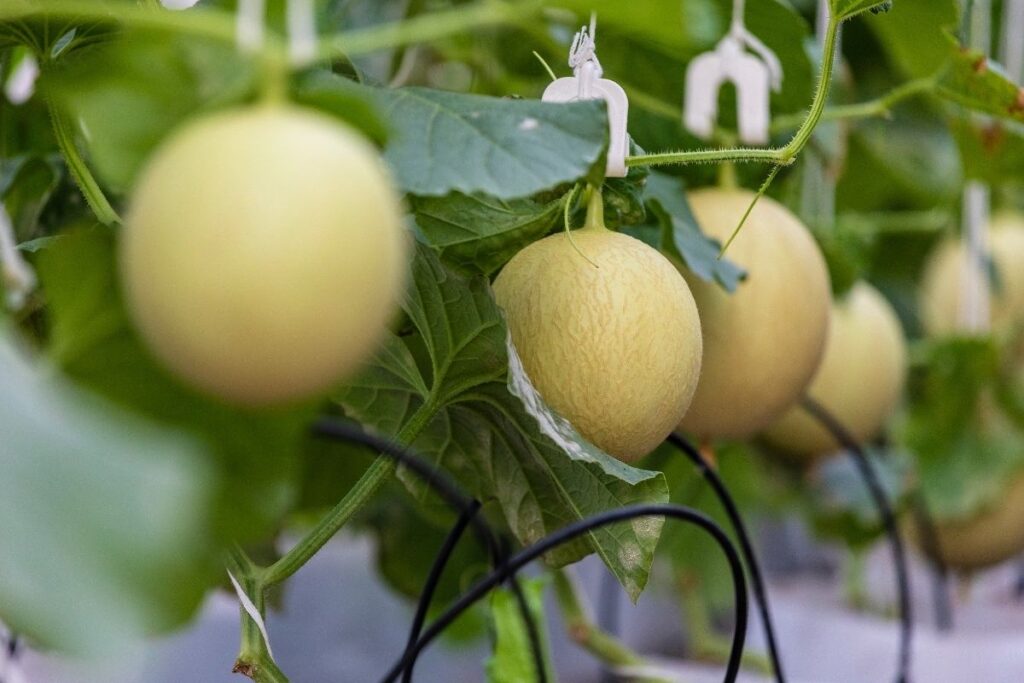
The Jade Dew melon plant produces a bulbous, white fruit that has a sweet taste similar to that of cucumber and melon mixed together. This melon plant is a climbing vine species of evergreen plant that can grow up to 12 inches high.
The leaves on the plant are slightly larger than those on other melon plants, and the melon itself grows off the ground. Producing a melon that weighs nearly 4lbs, this plant loves well-drained soil and temperatures of 65°F to 75°F.
10. Bitter Melon
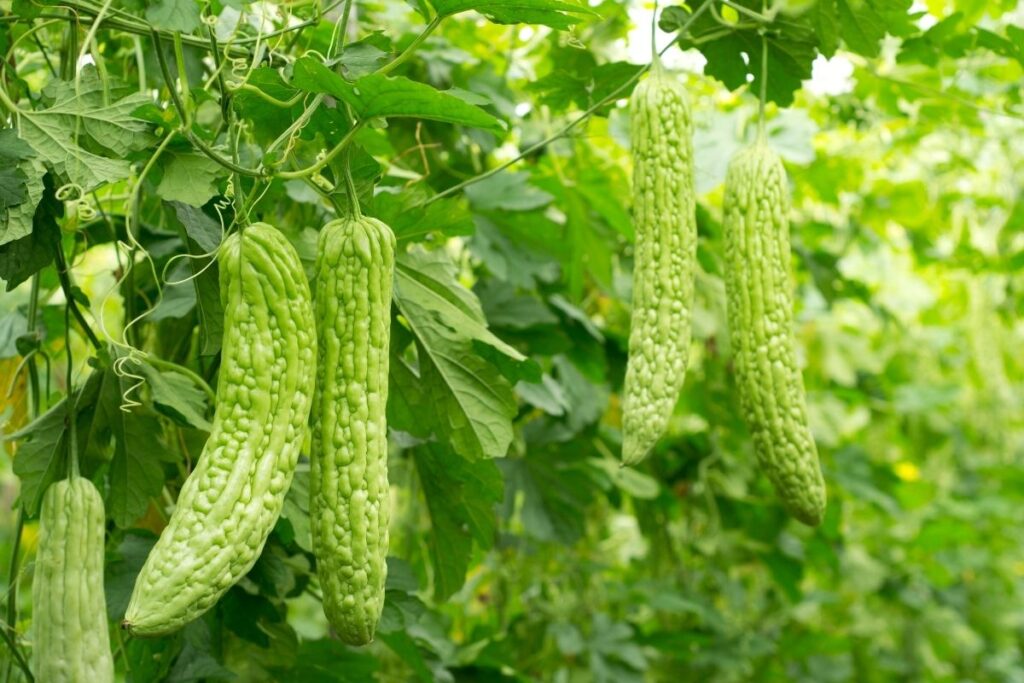
The bitter melon plant is native to India and Indonesia. Unlike most melon plants, this fast-growing herbaceous vine produces a fruit that is long and elongated, similar to a fully matured cucumber.
The tender leaves on the vine are also harvested with the rough, yet soft melon as they both have a uniquely bitter taste. Despite its bitter taste, the fruit from the bitter melon plant is often eaten raw as a vegetable, not as a fruit.
11. Kantola Melon
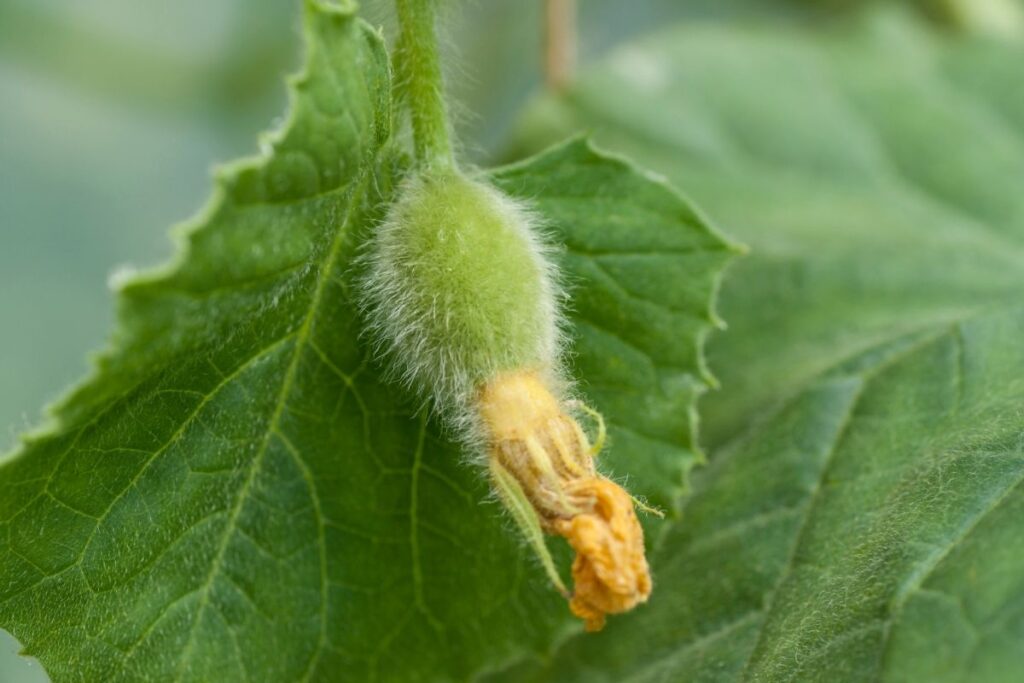
The Kantola melon plant grows as a vine. It grows a lot slower than other species of vine but still grows wildly out of control.
Preferring a warmer, dry climate like that found in South America and North Africa, this type of melon plant produces a spiny lychee-shaped fruit that only grows to just over 1-inch long. Around Asia, people use this plant’s fruit as a vegetable. Once sliced it is curried.
12. Maroon Cucumber
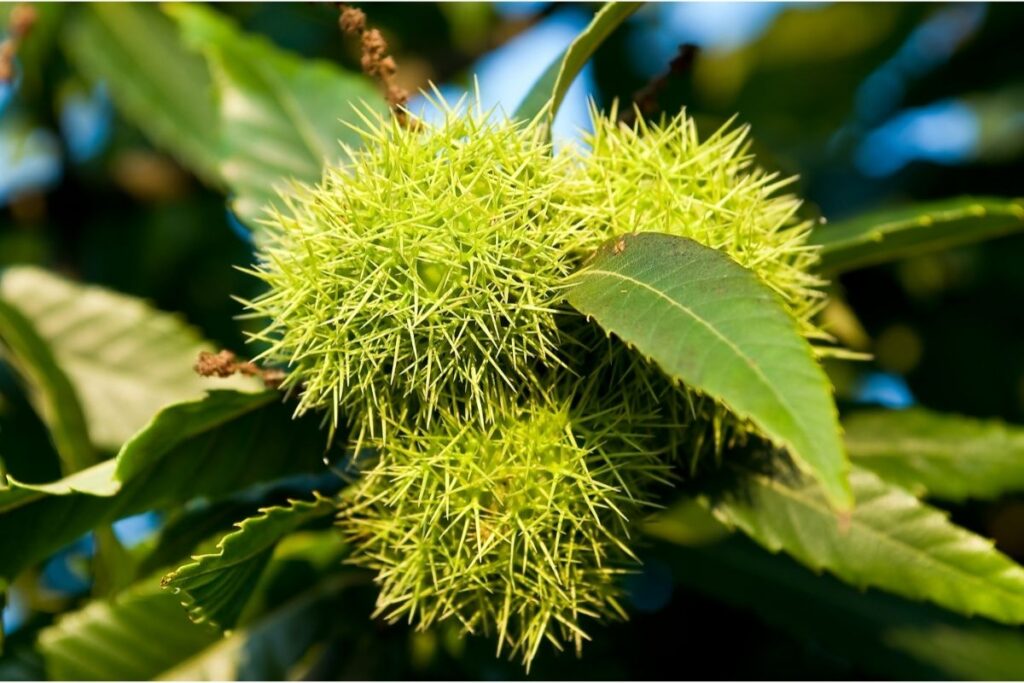
The maroon cucumber plant is part of the gourd family. This isn’t typically a plant people grow indoors because it loves to grow in extremely hot climates. A vine plant, you can expect the maroon cucumber to reach 1 to 2 feet tall easily.
Growing from the thin, hairy stems of the maroon cucumber plant are small fruits that look just like miniature watermelons, but armed with tiny spikes across their surface.
RELATED: Is Cucumber a Fruit or a Vegetable? What Does Science Say!
13. New Century Melon
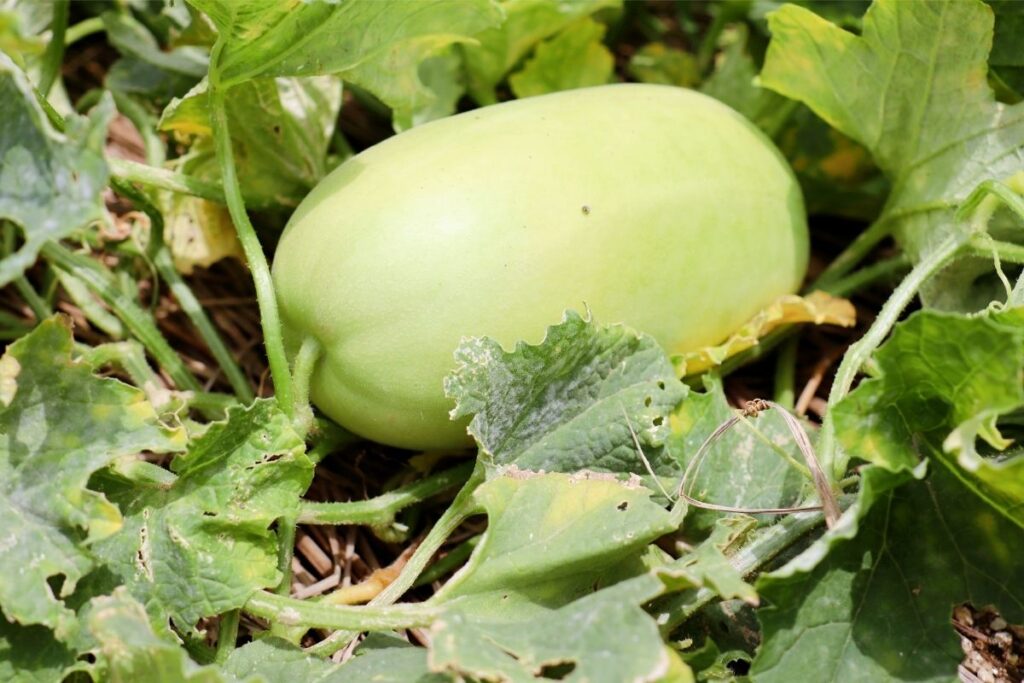
New Century melon plants are horticulture and culinary plants that form part of the same family as the cantaloupe. Growing from this small, bush-like plant is a large, ball-shaped, green melon. When the fruit has matured it can weigh 5lbs.
The flesh of the New Century melon is bright orange in color, offering a lovely thick, sweet taste. Originating in Taiwan, this type of melon plant can now be easily grown all over the world.
14. Snap Melon

The next melon plant on our list is a relatively new type of plant, but it produces a very familiar-looking melon. Needing plenty of sunlight and light moisture soil to grow, this vine is native to Asia.
Producing a medium-size melon that shares a similar appearance with the famous Galia melon, the snap melon plant will require some protection during the cold winter months.
Wrapping the plant in a plastic bag should do the trick. In terms of taste, the snap melon is delicious. It has the sweet, juicy taste you would expect from any delicious melon.
15. Valencia Melon
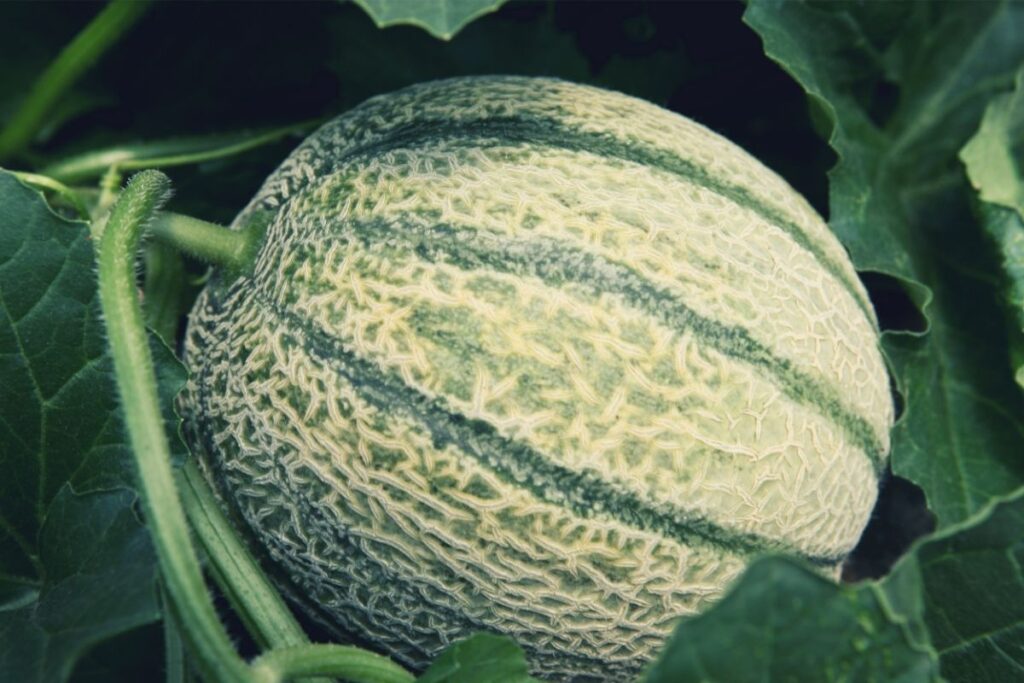
It won’t come as a surprise that it is believed this melon plant originated from Valencia, Spain. This fast-growing vine produces small green and yellow melon fruits that have a very sweet, sugary taste. Its soft orange flesh is usually the perfect compliment in a fruit salad.
Your best chance of growing this vine is to ensure it has exposure to full sunlight all day every day and is planted in well-drained but moist soil. Another thing you can do to ensure better growth is to use a special fertilizer.
Final Thoughts
In all truth, we have barely scratched the surface with our list. There are simply way too many exciting, delicious tasting melons out there to list in one place.
Having said that, we are pleased to have shown you some of the best, as well as a huge variety of melon plants that you can grow at home in your garden.
Though most melons we buy in-store are pretty similar in the way they taste and look, with the exception of the watermelon, when we look at the bigger picture it is quite clear just how different watermelons can be.
The massive range of melon plants varies dramatically, with most plants producing a fruit that is like no other. In fact, some fruits look so unrecognizable, we would never imagine that they were melons at all.
Despite all the differences between melon plants, there is always one thing they seem to share in common. They all taste absolutely delicious. More importantly, they are great at providing us with plenty of essential nutrients and vitamins that we need to live a healthier lifestyle.
Now that you know how to use neem oil for plants make sure to check out our other articles:
Effective Ways To Get Rid Of Russet Mites On Houseplants
Springtails on Houseplants & Effective Ways to Get Rid of Them?
How to Kill Whiteflies on Houseplants? Plus Organic & Inorganic Methods







